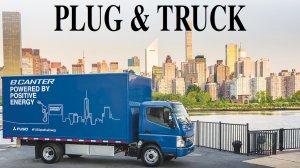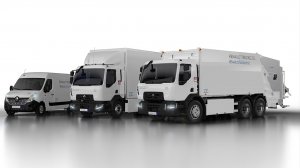Electric trucking no silver bullet, but pace of development picking up


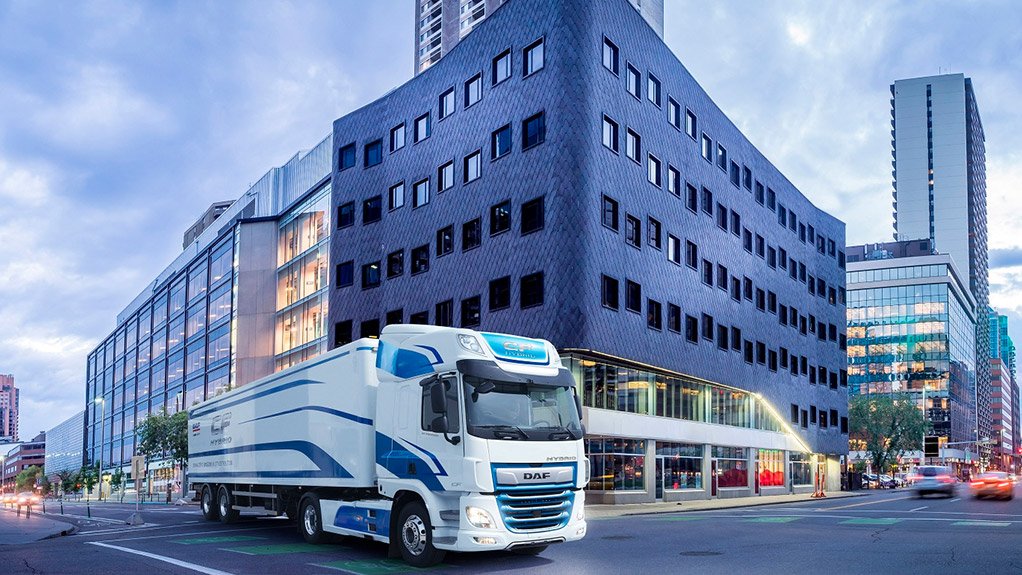

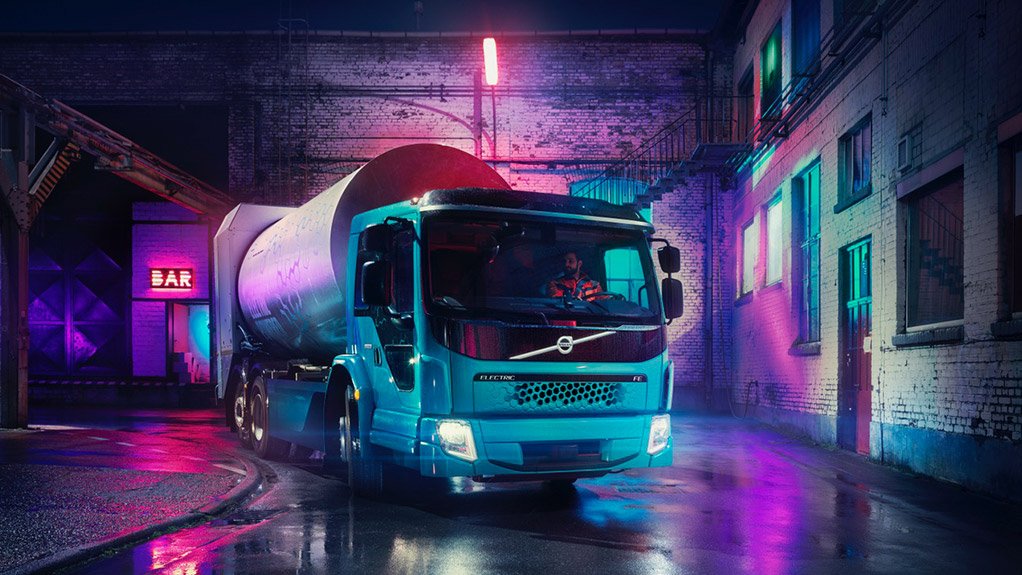
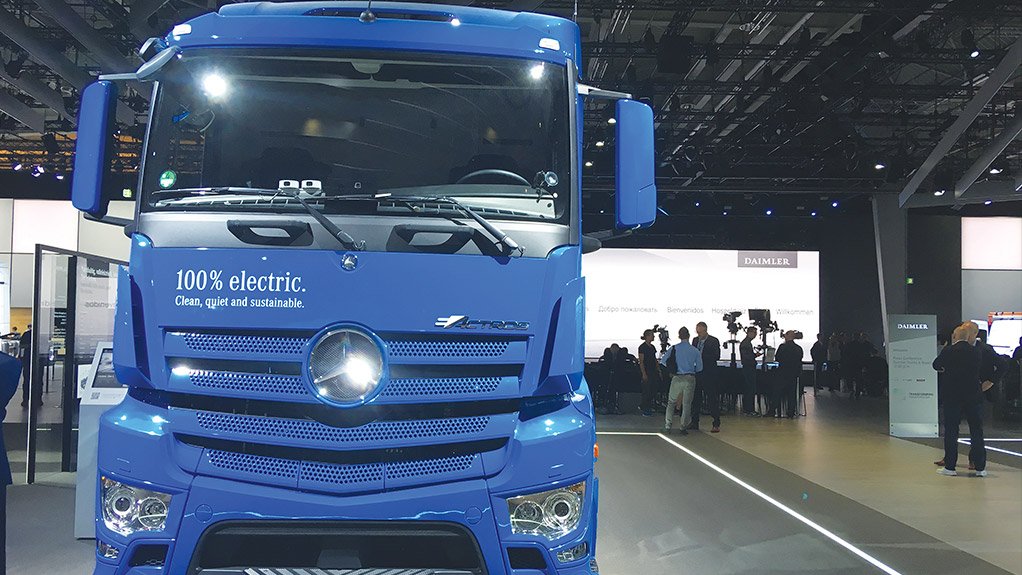
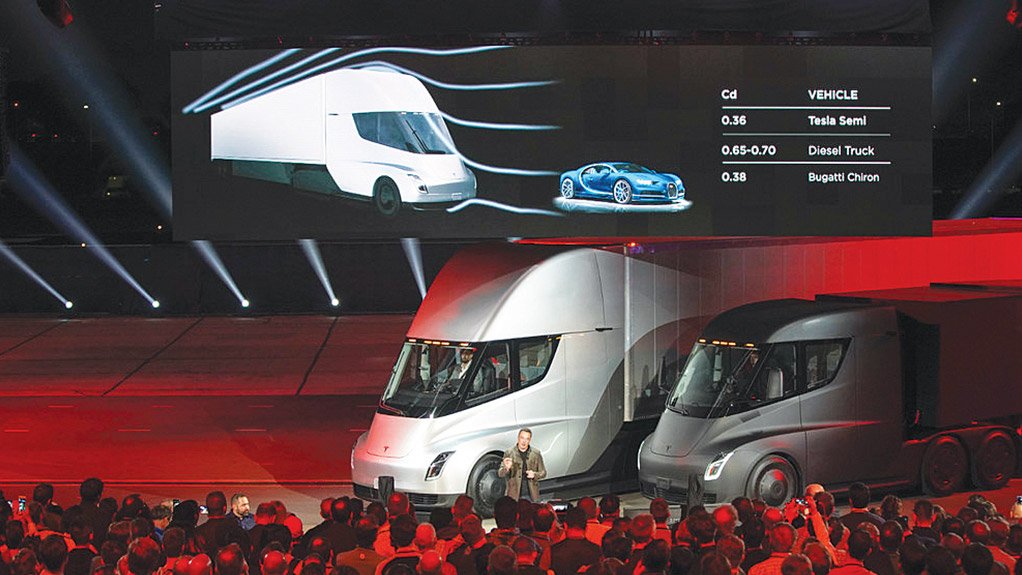
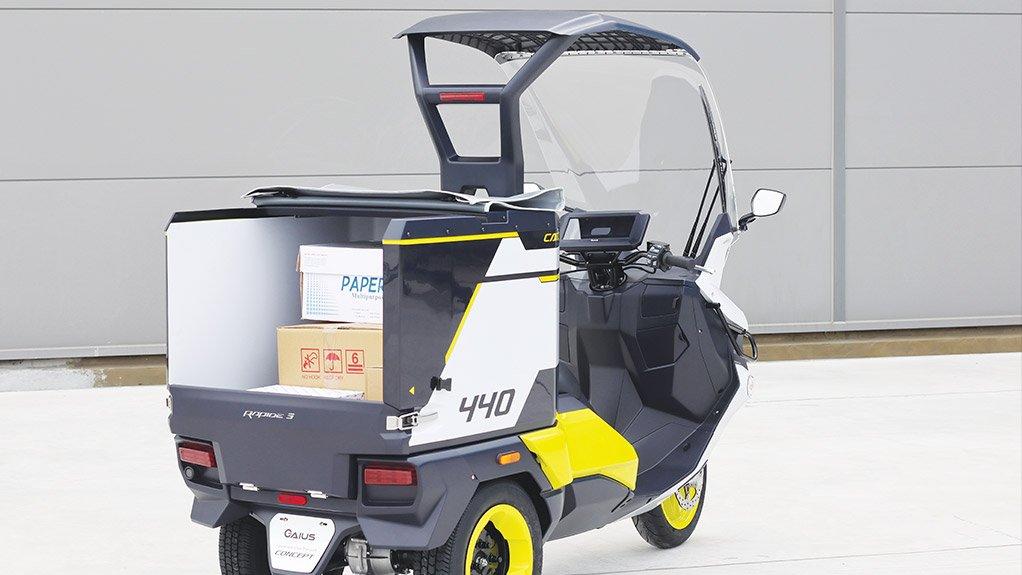
DAF CF HYBRID INNOVATION TRUCK The DAF CF Hybrid has been developed for driving electrically with zero emissions in urban areas, while offering a longer range to operate beyond urban areas, thanks to a diesel engine. The electric motor is powered by an 85 kWh battery pack, which allows for an electric range of 30 km to 50 km, depending on the gross combination weight. The batteries can be charged by the diesel engine during on-highway operations and by using a direct current charger at a charging location. The vehicle is designed with a fast-charge capability that takes 30 minutes for a full charge and 20 minutes for a charge of up to 80%
RENAULT TRUCKS ZE Renault Trucks launched its second generation of electric trucks at the IAA. The Renault Trucks ZE line-up consists of the Renault Master ZE, Renault Trucks D ZE and Renault Trucks D Wide ZE, ranging from 3.1 t to 26 t and covering the full gamut of urban uses, from goods distribution and delivery to refuse collection. Renault Trucks says it has been preparing for the shift to electric vehicles for the past ten years
VOLVO FE ELECTRIC Volvo Trucks will begin selling electric trucks in Europe in 2019. At the IAA, the Swedish truck manufacturer put the Volvo FE Electric on display. The model is a waste disposal truck with a body that has been built in collaboration with Faun, a manufacturer of refuse truck bodies. It has a gross weight of 27 t. “Electric mobility is an important part of our long-term commitment to sustainable urban development and zero emissions,” says Volvo Trucks president Claes Nilsson. Cleaner air and lower noise levels in cities will give urban planners greater freedom in the design of housing developments and infrastructure projects than they currently have
MERCEDES-BENZ E-ACTROS The first Mercedes-Benz electric Actros heavy-duty truck was delivered to German logistics company Hermes in September for use under real-life conditions. By the end of 2018, Mercedes-Benz had ten such vehicles on the road with customers. Series production is planned for 2021. The key features of the eActros include eleven battery packs inside and below the chassis, with a usable total capacity of 240 kWh. Drive comes from electric motors close to the wheel hubs
TESLA SEMI Elon Musk’s Semi truck was not on display in Hanover. However, as the showman of the electric vehicle industry, Musk probably deserves a mention here. His Semi range promises trucks with either a 300 mile or a 500 mile range. The base price of the 300 mile truck is estimated at $150 000, with customers to fork out $180 000 for the 500-mile-range truck. Musk promises “bad ass performance” and $200 000 in fuel savings and a two-year payback period
GAIUS RAPIDE 3 Not a truck, but important in the logistics chain – the last-mile delivery vehicle. The Gaius Rapide 3, developed in Taiwan, has a modular design with a protective canopy. It aims to address the needs of a growing ecommerce industry. The Rapide 3 can be configured to carry 440 ℓ or 200 kg of cargo, with a range of up to 105 km. It can be configured with a battery specially designed to charge to 80% in 15 minutes, without compromising the longevity of the battery
Perusing the floor of the 67th IAA commercial vehicle fair, held in Hanover, Germany, in September, it was clear that the electric truck (ET) is not just a passing fancy.
Yes, the so-called electric revolution may not happen in the next year, and not yet for long-distance, heavy-duty deliveries, but judging by the number of electric models that were parked on the stands of 95% of the many truck brands present at the German show, it will not be long before the current tentative first steps evolve into larger-scale commercial sales, especially in sectors such as short-trip urban logistics and refuse removal.
As global emission standards continue their ever-tightening spiral, the diesel truck is no longer viewed as the perfect solution to every load-carrying scenario.
ETs are starting to deliver interesting, new answers to some of the trucking industry’s biggest questions, such as fuel and maintenance costs, and uptime. ETs have, after all, less moving parts than a conventional truck and charging costs are still lower than the price of filling the tank.
Continued refinements and testing of the current wave of first-generation models (and, in some cases, second-generation models) will, over time, improve the range of these vehicles, while also lowering the cost of these rather pricey trucks, rendering them more competitive and, perhaps, allowing them to also gain a foothold in South Africa.
36 Models
German Association of the Automotive Industry (VDA) president Bernhard Mattes says 2018’s IAA has shown that electric mobility in commercial vehicles is “going into series production”.
“We had not only 36 electric models for test drives, which proved very popular, but also numerous world premiers of e-vans and e-buses.
“It was especially noteworthy that, at many stands, clever electric cargo bikes were on display for the first time, which provided a new answer to the question of last-mile [deliveries].
“They are flexible, fast and environ- mentally friendly,” says Mattes.
“In addition, they have remarkably high torque, can store energy from braking in a high-voltage battery and use it the next time they move off.”
Mattes says the range of applications for commercial vehicles with electric propulsion is expanding all the time.
“This type of powertrain offers advantages in urban logistics: it is quiet, agile and has zero emissions, and a range that fully satisfies demands.”
Mattes says fuel consumption accounts for more than 25% of the total cost of ownership of long-haul trucks. And, unlike the market for passenger cars, the market for commercial vehicles is driven solely by efficiency.
“Low consumption is an important competitive advantage in the market.”
Mattes adds that there are many areas suitable for the deployment of the ET. However, natural gas must not be overlooked, particularly in metropolitan areas.
“E-fuels synthesised using renewable electricity open up the prospect of completely carbon dioxide (CO2) neutral operation – also for trucks.”
The 2018 IAA attracted 2 174 exhibitors from 48 countries, with 250 000 people visiting the show.
Emissions Regulations
According to Mattes, considerable progress has already been achieved in reducing European fuel consumption and CO2 output.
“Since 2000, CO2 emissions from road freight traffic in Germany have fallen by 8% – despite the increased volume of traffic – while emissions per ton-kilometre have come down by 35%.”
The VDA president, however, takes a critical view of the European Commission’s proposal for the first CO2 regulation for heavy-duty commercial vehicles.
“The industry, in principle, supports realistic regulation. However, the commission’s draft is totally out of proportion.”
The European Commission has proposed CO2 reduction targets of 15% by 2025 and 30% by 2030.
These targets are roughly double those that the industry considers very ambitious, but still feasible, says Mattes.
“Furthermore, the penalties for missing the targets are exorbitantly high and almost arbitrary.
“The European Parliament and the Council of Ministers are called on to make adjustments in order to find an approach that will indeed still be ambitious, but which, above all, must also be realistic and appropriate in practice.
“Brussels is oversimplifying the issue if it merely transfers the reduction rates for passenger cars to the commercial vehicle sector, which is completely different in nature.”
Comments
Press Office
Announcements
What's On
Subscribe to improve your user experience...
Option 1 (equivalent of R125 a month):
Receive a weekly copy of Creamer Media's Engineering News & Mining Weekly magazine
(print copy for those in South Africa and e-magazine for those outside of South Africa)
Receive daily email newsletters
Access to full search results
Access archive of magazine back copies
Access to Projects in Progress
Access to ONE Research Report of your choice in PDF format
Option 2 (equivalent of R375 a month):
All benefits from Option 1
PLUS
Access to Creamer Media's Research Channel Africa for ALL Research Reports, in PDF format, on various industrial and mining sectors
including Electricity; Water; Energy Transition; Hydrogen; Roads, Rail and Ports; Coal; Gold; Platinum; Battery Metals; etc.
Already a subscriber?
Forgotten your password?
Receive weekly copy of Creamer Media's Engineering News & Mining Weekly magazine (print copy for those in South Africa and e-magazine for those outside of South Africa)
➕
Recieve daily email newsletters
➕
Access to full search results
➕
Access archive of magazine back copies
➕
Access to Projects in Progress
➕
Access to ONE Research Report of your choice in PDF format
RESEARCH CHANNEL AFRICA
R4500 (equivalent of R375 a month)
SUBSCRIBEAll benefits from Option 1
➕
Access to Creamer Media's Research Channel Africa for ALL Research Reports on various industrial and mining sectors, in PDF format, including on:
Electricity
➕
Water
➕
Energy Transition
➕
Hydrogen
➕
Roads, Rail and Ports
➕
Coal
➕
Gold
➕
Platinum
➕
Battery Metals
➕
etc.
Receive all benefits from Option 1 or Option 2 delivered to numerous people at your company
➕
Multiple User names and Passwords for simultaneous log-ins
➕
Intranet integration access to all in your organisation


